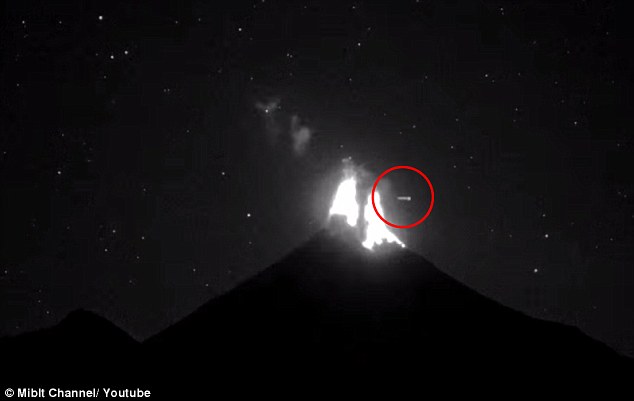
Just after sunrise at China’s Jiuquan Satellite Launch Center (JSLC), the China National Space Administration (CNSA) successfully flew its first Kaituozhe-2 rocket.
The Kaituozhe-2/Kaituo-2 launch vehicle is a three-stage solid propellant launch vehicle developed by the “CASIC Forth Bureau”. The new launcher is capable of orbiting a 350 kg cargo to LEO or a 250 kg cargo to a 700 km high SSO.
KT-2 has similar capabilities to the Kuaizhou-1A launch vehicle, that was used for the first time on January 9, 2017.
The KZ-1A is capable of orbiting a 300 kg satellite to LEO or a 200 kg payload to a 700km SSO. The other Chinese solid fuel launcher, the Long March 11 (Chang Zheng-11) rocket, is capable of orbiting a 750 kg to LEO or 350kg to a 700 km SSO.
With these series of solid launch vehicles, China is expecting to grab a share of the small satellite launch international market. The new rocket is one of the five carrier systems in the CASIC commercial space plan, featuring high carrying efficiency and adaptability, according to the Corporation.
The Jiuquan Satellite Launch Center, in Ejin-Banner – a county in Alashan League of the Inner Mongolia Autonomous Region – was the first Chinese satellite launch center and is also known as the Shuang Cheng Tze launch center.
The site includes a Technical Centre, two Launch Complexes, Mission Command and Control Centre, Launch Control Centre, propellant fuelling systems, tracking and communication systems, gas supply systems, weather forecast systems, and logistic support systems.
Jiuquan was originally used to launch scientific and recoverable satellites into medium or low earth orbits at high inclinations. It is also the place from where all the Chinese manned missions are launched. The first orbital launch took place on April 24, 1970 when the CZ-1 Chang Zheng-1 rocket launched the first Chinese satellite, the Dongfanghong-1 (04382 1970-034A).
The LC-43 launch complex, also known by South Launch Site (SLS) is equipped with two launch pads: 921 and 603.
Launch pad 921 is used for the manned program for the launch of the Chang Zheng-2F launch vehicle (Shenzhou and Tiangong). The 603 launch pad is used for unmanned orbital launches by the Chang Zheng-2C, Chang Zheng-2D and Chang Zheng-4C launch vehicles.













